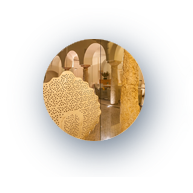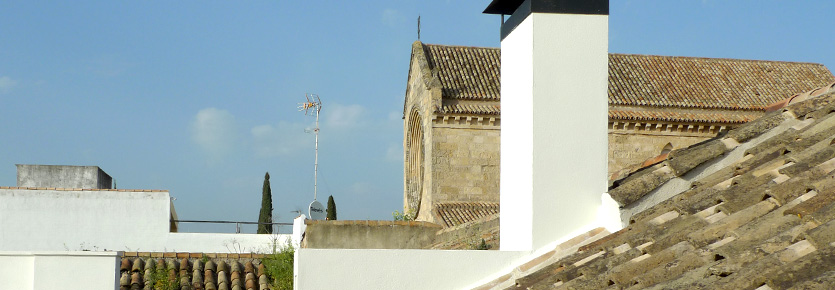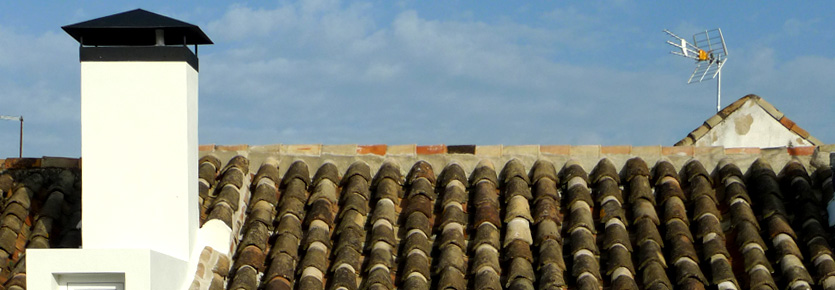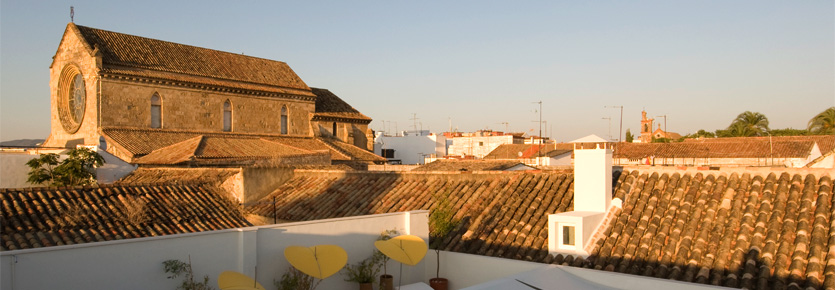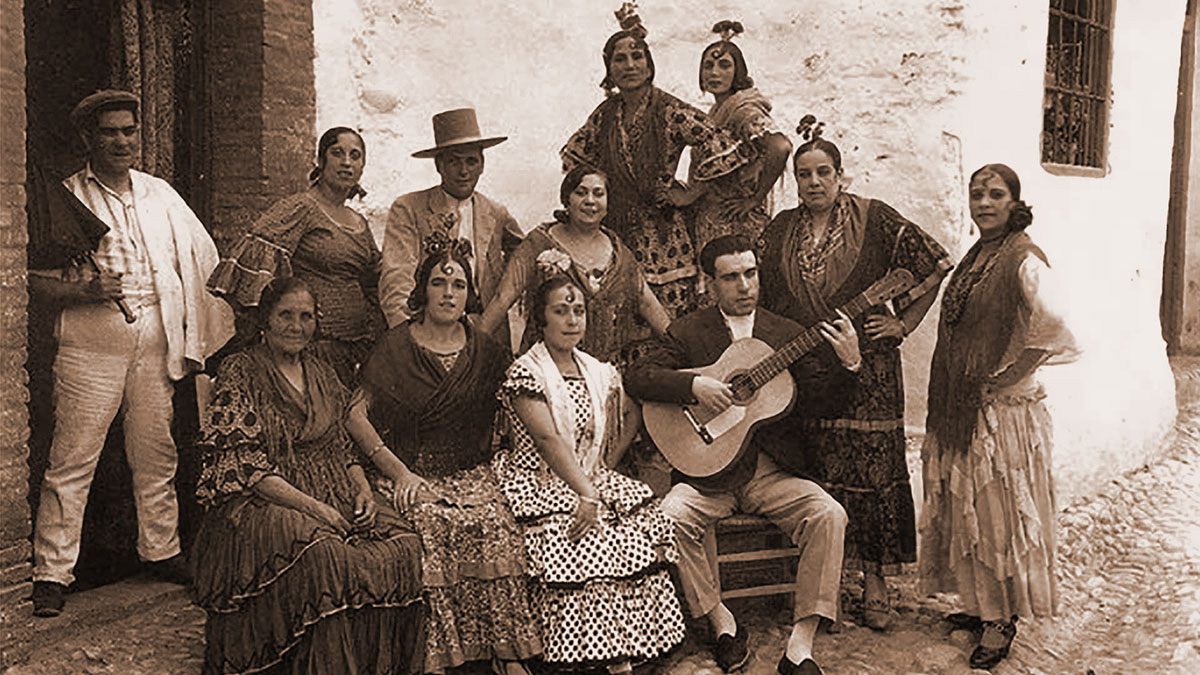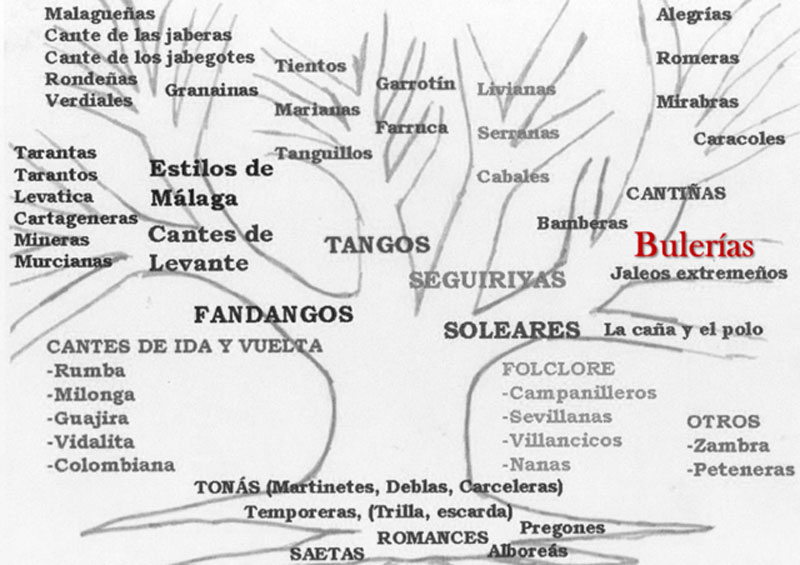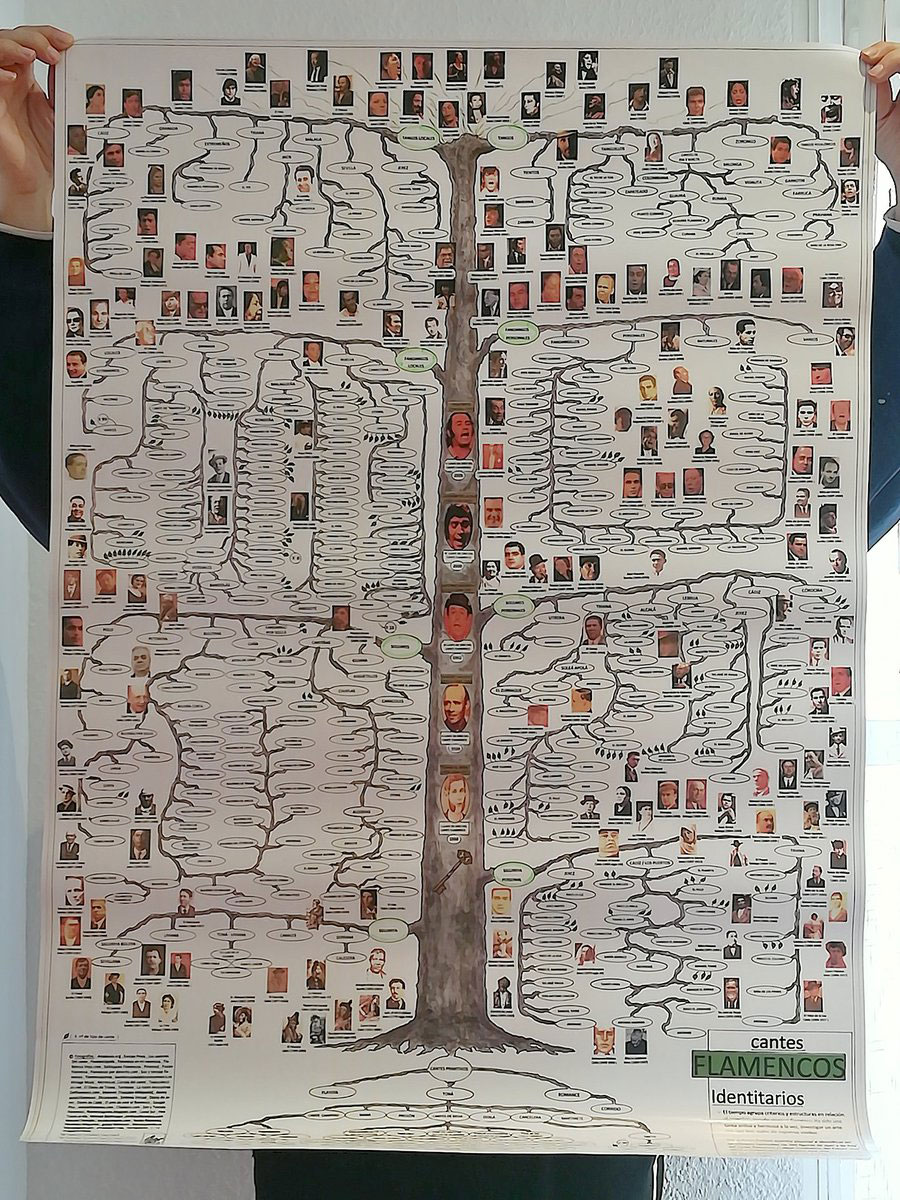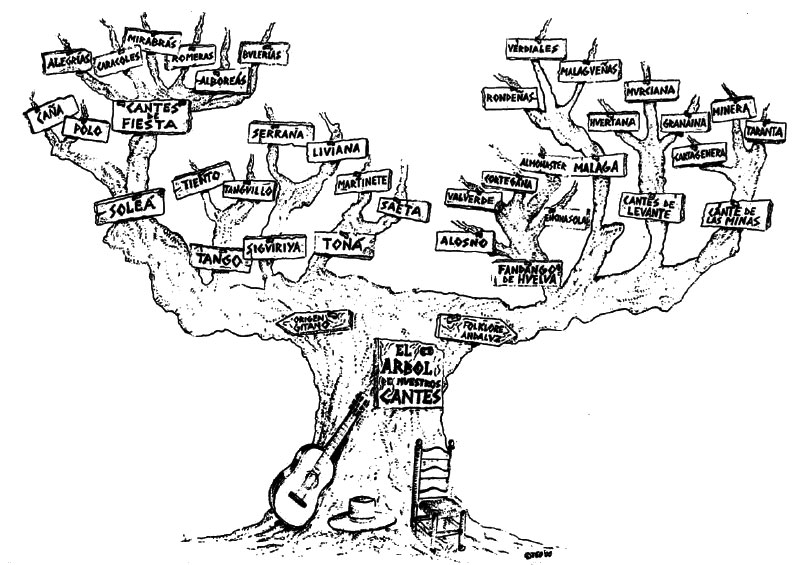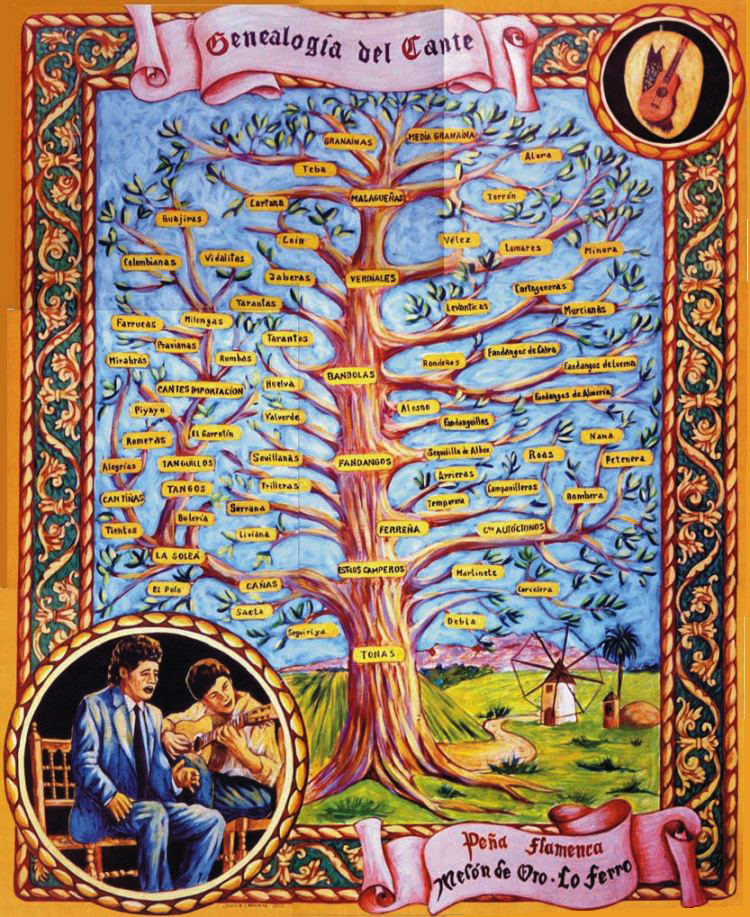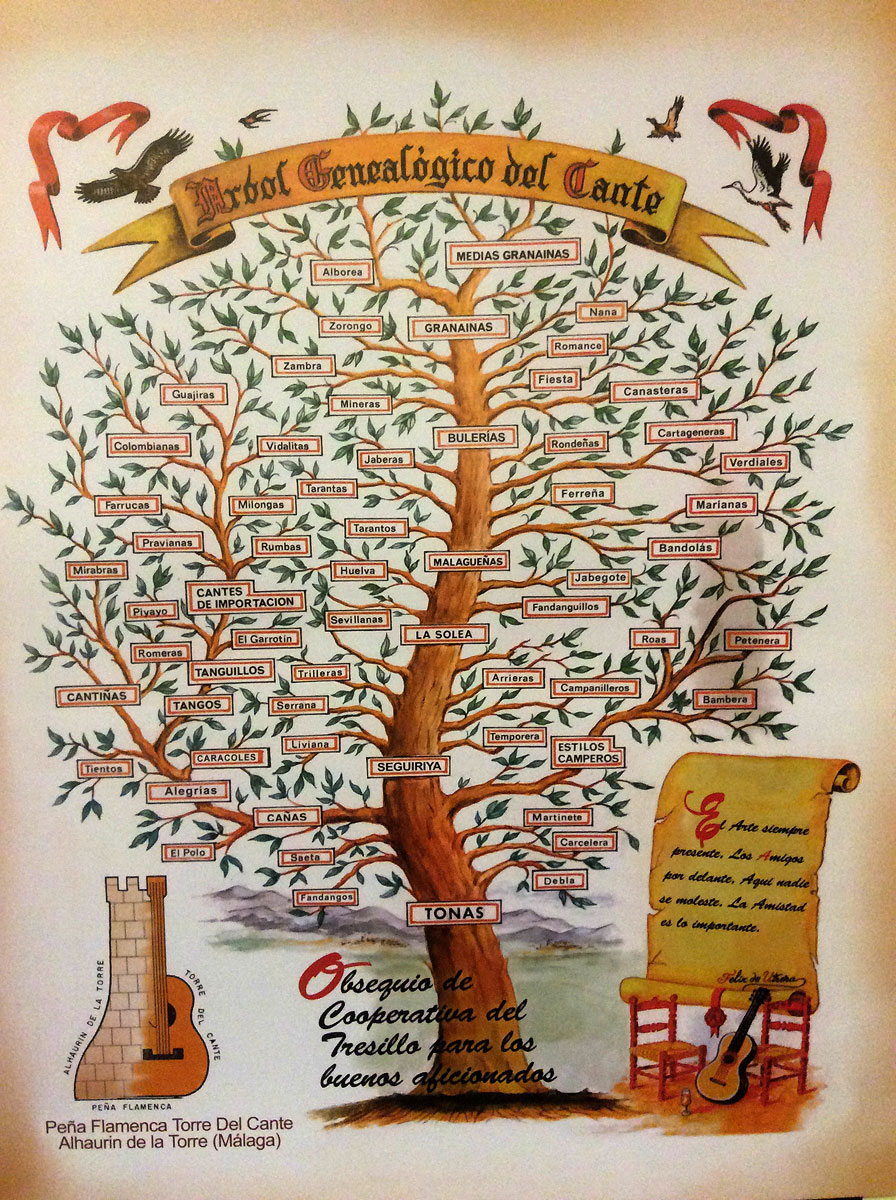Chauvinists: some say Flamenco has it origins within the Gypsy people, some say it is of Arab making and some say it is a Christian heritage. It is a natural tendency to side with the theory one finds closer to one’s culture: chauvinism is not so easy to dismantle.
However, what we can all take for a certainty is that Flamenco had, and has, a close relationship with the one specific geographical feature: the Guadalquivir river, from its cradle in Jaén to its grave in Cádiz, the river acts as a common channel for commerce and the exchange of goods and ideas. From the harbor of Cádiz up to Jeréz de la Frontera, and up the river flows and reach Sevilla, Triana, and up it waters the fields of Puente Genil and then goes under the Roman Bridge in Córdoba, and up again and again, and suddenly the river is no longer made of water, and the stream travels North through dusty roads towards the center of Spain and spreads to the rest of the country.
The Guadalquivir river remains, even nowadays, as the defining fact of the vast region that is Andalucía. The Guadalquivir river is entangled with Flamenco just as the Mississippi river is entangled with Blues. The Gypsies, for instance, found at its riverbanks a place to call home again. They were originally expelled from India and they established along the Great Nile (the word Gypsy is not a mere coincidence as for a long time it was believed that they came from Egypt and the were called “egipcianos” Egyptians, eventually Gypsies). Those were the same riverbanks were the Greeks and the Romans and then the Visigoths and the Arabs and even some Vikings built their home as well.
And they all left there something that was theirs and did not die with the pass of time. Music is a public form of Art, some would say the most public of them all, it needs a group, it welcomes anyone. It is there, not then, thanks to a specific geographical feature, that the mixture could take place and grow. That is the root of Flamenco. There are hundreds of different palos or cantes belonging to the same family tree. Soleá, tangos and tanguillos, fandango, bulería, toná, martinete, seguirilla, cantiña, alegría, petenera, cantes de ida y vuelta (songs from there and back)… each one with its own rhythms and tempo.
Countless of academics have tried to put order and system to such a vast and diverse family, they have tried and always fallen short somehow. It is an endless task, and every single attempt results in a sightly different family tree. The common core are primitives cantes without instruments: toná and its different fashions; martinete, a cante that came from the iron forges; then carcerleras (from prison), cantes de trilla, saetas…
Then the branches of the this odd tree begun to flower, there are some that tend to Fandando with all its geographical fashions. There are some that tend to Soleá and Seguirilla, the branches more connected to the Gypsy people. There are cantes de ida y vuelta (songs of there and back) shaped by those that went to America: rumba, guajira, milonga, garrotines… and this is how the Flamenco tree was, and still is, built.
You may think that you know a bit about Flamenco should you learn by heart all its palos or cantes, but you will only be fooling yourself. You would still need to listen to them all and then listen again and again and again in order to vaguely distinguish one palo from another. Some may be easier to distinguish but most are extremely difficult.
If a day comes in which you are able to do so, my sincere congratulations to you! Although then the variables of each palo would appear, for instance, base on the singer (cantaor or cantaora). But do not worry, that is a task for a PhD. Just don’t you worry, enjoy it, don’t you feel small for the shortcomings, most of us feel the same way; just let Flamenco into your soul.
SOME VARIABLES OF THE FAMOUS FLAMENCO FAMILY TREE.

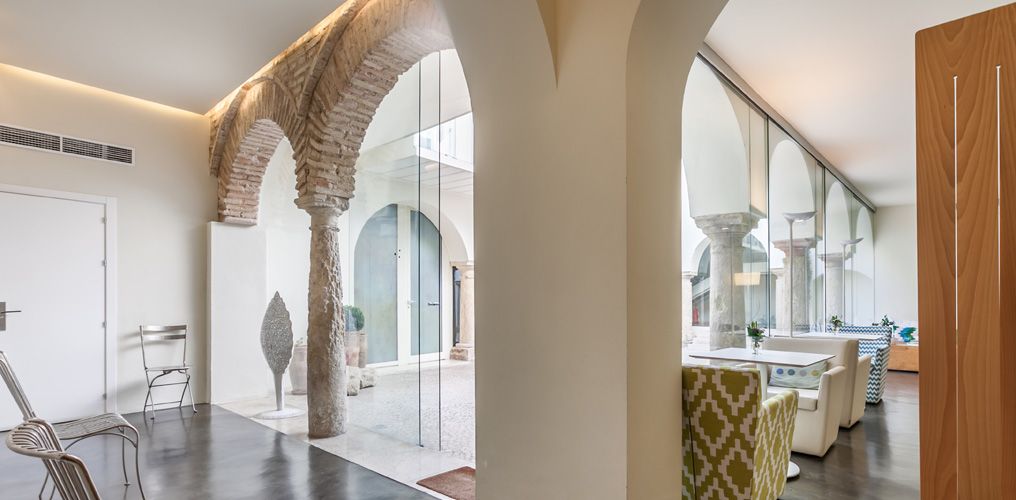












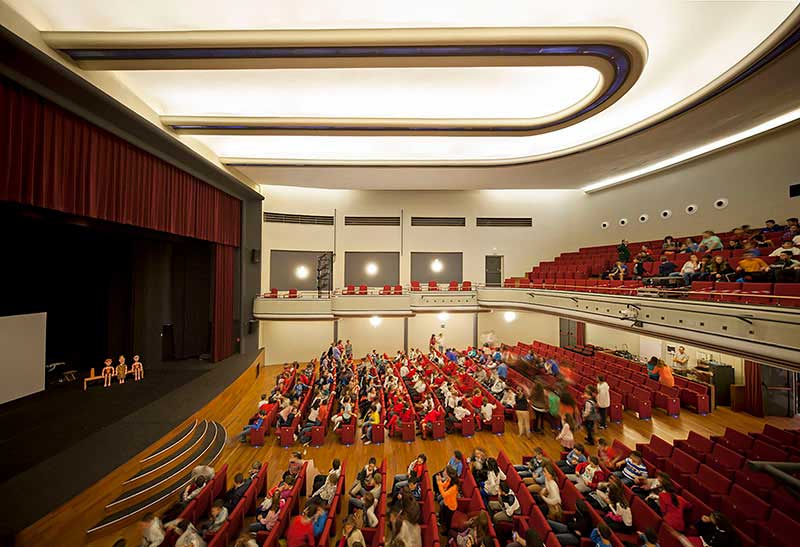




 Luxurious hospitality. When we got to Córdoba it was 108ºF and we could not be more miserable. Then we walked into Viento 10 and Gerrardo, the owner, greeted us with refreshing lemonade and a friendly conversation, exactly what we needed. The rest followed suit, with his recommendations for restaurants and the beautiful room and amenities, which included access to a spa.........
Luxurious hospitality. When we got to Córdoba it was 108ºF and we could not be more miserable. Then we walked into Viento 10 and Gerrardo, the owner, greeted us with refreshing lemonade and a friendly conversation, exactly what we needed. The rest followed suit, with his recommendations for restaurants and the beautiful room and amenities, which included access to a spa......... kleines, tolles hotel. Ganz persönlich geführtes Hotel, in einem historischen Gebäude modern interpretiert. Sehr geschmackvoll, sauber und ruhig. Zu erwähnen ist das gesamte Personal, welches bei Empfehlungen für Restaurants und anderen Fragen immer tolle Tipps gegeben haben. Die Zimmer sind sehr unterschiedlich. Wir hatten ein sehr kleines, kuscheliges Zimmer im 1. Stock. Für drei Nächte völlig ausreichend. Bei Temperaturen um 40 Grad haben wir die kleine Dach-Terrasse leider nicht genießen können, sonst ein toller Ort, um mal zu relaxen. Alles in allem ein schöner Aufenthalt. Danke an Carmen , Gerardo und sein Team!
kleines, tolles hotel. Ganz persönlich geführtes Hotel, in einem historischen Gebäude modern interpretiert. Sehr geschmackvoll, sauber und ruhig. Zu erwähnen ist das gesamte Personal, welches bei Empfehlungen für Restaurants und anderen Fragen immer tolle Tipps gegeben haben. Die Zimmer sind sehr unterschiedlich. Wir hatten ein sehr kleines, kuscheliges Zimmer im 1. Stock. Für drei Nächte völlig ausreichend. Bei Temperaturen um 40 Grad haben wir die kleine Dach-Terrasse leider nicht genießen können, sonst ein toller Ort, um mal zu relaxen. Alles in allem ein schöner Aufenthalt. Danke an Carmen , Gerardo und sein Team!
 perfect stay in cordoba. Beautiful quite place in centre of Cordoba with very gentle, even "zen" owner. Design hotel room Excellent "fresh" breakfast Private parking space nearby. All you need for a beautiful stay in Cordoba!
perfect stay in cordoba. Beautiful quite place in centre of Cordoba with very gentle, even "zen" owner. Design hotel room Excellent "fresh" breakfast Private parking space nearby. All you need for a beautiful stay in Cordoba!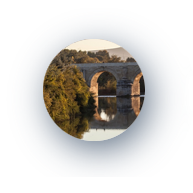


 Cordoba merece un hotel como este. Maravilloso trabajo de rehabilitación para conseguir un espacio único y muy agradable...acogedor...bien climatizado y con espacios higiénicos muy modernos y cómodos. ...buena ubicación y un trato muy simpatico
Cordoba merece un hotel como este. Maravilloso trabajo de rehabilitación para conseguir un espacio único y muy agradable...acogedor...bien climatizado y con espacios higiénicos muy modernos y cómodos. ...buena ubicación y un trato muy simpatico

